Carnivorous Nepenthes Pitcher Bloody Mary 12cm pot
£30.00
Out of stock
Carnivorous plants definitely fall into the category of weird, wonderful and downright fascinating. Mesmerising houseplant owners of all ages with their striking appearances and fascinating adaptations to capture and feed on insects and small creatures. It is no wonder they have held their popularity for decades.
Nepenthes Pitcher Bloody Mary, commonly known as a Monkey Jar plant is a natural fungus gnat killer! If you have an issue with this pest this plant is for you.

Free Care Guide With Every Purchase
Scan the plant pot QR for instant access to our care guide for your plant. No hassle, no stress, just healthy and happy plants.
The best place to start with carnivorous plants is by understanding their natural habitat and how their environment has led them to form such unique adaptations. Carnivorous plants have been on the planet for a long time, around forty million years and have been found on almost every continent and tropical island with Antarctica being the only exception.
Carnivorous plants are typically found in areas that are high in natural light and moisture, as well as water-logged areas like swamps where the nutrients in the soil are virtually non-existent. Many of their strange adaptations have been formed from this lack of nutrients.
All plants need basic nutrients to survive and without them, they don’t stand much of a chance.
Nitrogen and phosphorus are two of the most important nutrients plants need, nitrogen is the main component in chlorophyll which plants use for photosynthesis. The other is phosphorus, which is needed to make this process possible. Plants use phosphorus to take in, store and convert the sun’s rays. Without it, they would be unable to use the sun’s energy to create the biomolecules (proteins, amino acids, DNA) they need to grow and reproduce.
Carnivorous plants have adapted over millions of years to get these essential nutrients from their environment. Unable to get these nutrients from the soil they have formed traps to capture insects and small creatures that are rich in the nutrients they lack.
There are approximately 600 different species that fall into the Carnivorous plant category. These different species have found ways of attracting, trapping, killing, and absorbing their prey purely to extract the nutrients they need for survival.
Most carnivorous plants will use bright colours, distinctive smells, and sticky surfaces to attract insects but there are some key mechanisms that make up the variations of carnivorous plants and most species can be spread across these different hunting strategies
- Snap traps use rapid leaf movement to snap shut and capture their prey.
- Bladder traps suck in their prey with a small internal vacuum.
- Pitfall traps entice prey into a small rolled-up leaf with digestive enzymes.
- Flypaper traps utilize sticky mucus to trap their prey.
- Eel traps use inward-facing hairs to force their prey towards the digestive organ.
Click here to check our care instructions to find out how to look after your carnivorous plant.
Would you like to learn about carnivorous plants? Check our article here.
Pet Friendly
- How do I ensure my Nepenthes Pitcher Bloody Mary thrives indoors?
- Place your plant in a location with bright, indirect light and maintain high humidity around it. Regularly check the soil for moisture, keeping it damp but not waterlogged. They flourish in consistent conditions that mimic their natural tropical habitat.
- Is the Nepenthes Pitcher Bloody Mary suitable for beginners?
- Yes, this plant is quite forgiving and suitable for beginners. It requires basic care such as adequate light, humidity, and occasional feeding with insects, making it an exciting yet manageable choice for those new to carnivorous plants.
- Can this plant be kept in a terrarium environment?
- Absolutely, the Nepenthes Pitcher Bloody Mary is well-suited for terrarium settings as these can help maintain the high humidity levels that are essential for its growth. Ensure the terrarium is well-ventilated and not overly crowded to allow your plant to thrive.
☀️ Light
☀️☀️▫️ (Medium)
The Nepenthes Pitcher Bloody Mary thrives in medium light conditions. It enjoys bright, indirect sunlight. Avoid direct sunlight which can scorch its leaves, but make sure it’s bright enough to encourage healthy growth and pitcher formation.
💧 Water
💧💧💧 (High)
This carnivorous plant loves moisture! Keep the soil consistently damp but not waterlogged. Use rainwater or distilled water for best results, as tap water can be too harsh for sensitive Nepenthes due to minerals and chlorine content.
🌡️ Temperature
🌡️🌡️🌡️ (Warm)
The Bloody Mary pitcher plant prefers warm temperatures, ideally between 20°C to 30°C. It’s important to keep the plant away from draughts and sudden temperature changes which can stress the plant.
💦 Humidity
💦💦💦 (High)
High humidity is crucial for your Nepenthes, mimicking its natural tropical habitat. Aim for 60% or higher. Regular misting, a humidity tray, or placing it in a naturally humid area like the kitchen or bathroom can help achieve this.
🪴 Repotting
Repot your Nepenthes every 2 to 3 years or when it outgrows its pot. Use a well-draining, acidic soil mix specifically designed for carnivorous plants. Be gentle with the roots during the repotting process.
🐾 Pet Friendliness
This plant is pet-friendly! No need to worry about your furry friends around this plant, as it poses no harm to them.
🏠 Recommended Locations at Home
Ideal locations include near a window with sheer curtains in the living room or kitchen where it can get indirect but ample light. Just make sure it’s away from direct heat sources like radiators.
🌿 Air Purifying
While not specifically known for air-purifying abilities, its insect-eating nature can help reduce pests, contributing to a more comfortable home environment.
✨ Other Plant Features
Beyond its captivating appearance and pest-control capabilities, the Nepenthes Pitcher Bloody Mary is a fascinating conversation starter due to its unique carnivorous nature and the striking visual of its ‘pitchers’.
Remember, if you have any more questions about caring for your Nepenthes or any other plants, our Mossbot is here to help! You can also reach out to us via our website for more guidance. Plus, don’t forget our free plant hospital service if your green friends ever need extra care!
| 5 star | 96% | |
| 4 star | 3% | |
| 3 star | 1% | |
| 2 star | 0% | |
| 1 star | 0% |
1-5 of 1370 reviews
6 reviews for Carnivorous Nepenthes Pitcher Bloody Mary 12cm pot
| 5 star | 100% | |
| 4 star | 0% | |
| 3 star | 0% | |
| 2 star | 0% | |
| 1 star | 0% |
1-5 of 6 reviews
Add a review
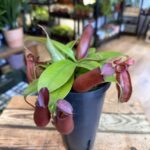 Carnivorous Nepenthes Pitcher Bloody Mary 12cm pot
Carnivorous Nepenthes Pitcher Bloody Mary 12cm pot
Your review
* Review is required
Name
* Name is required
Email
* Email is required
Add photos or video to your review
* Please tick the checkbox to proceed
We’re a small family business with a big love for plants.
From our base in Aberdeen, we pack every order with care and love. Our small size means we can be flexible with special requests, and we’re always happy to help. We reuse packaging, craft our own eco-friendly products, and offer friendly advice whenever you need it.
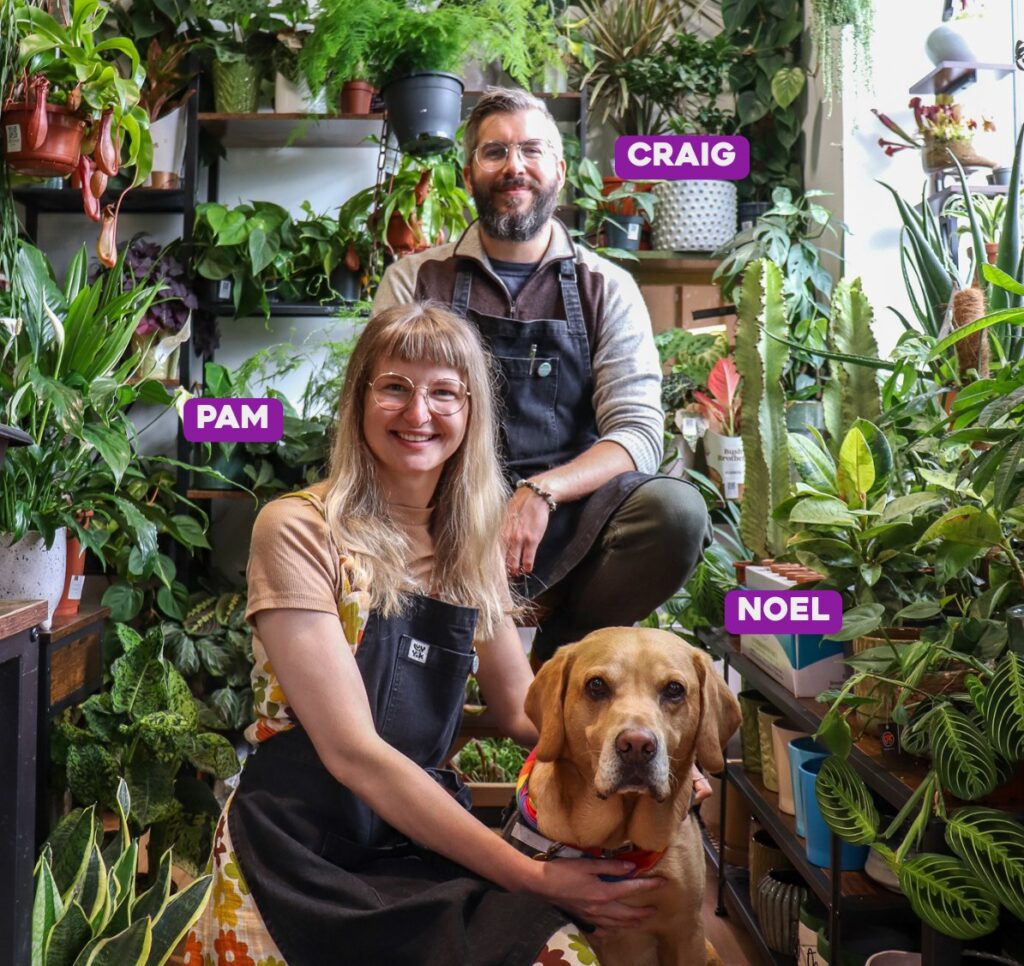
Follow us for plant inspiration, tips & behind-the-scenes!
See our opening times and get directions to our Aberdeen shop – we always love a local review too!
Highland Moss
What Our Clients Say


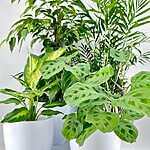

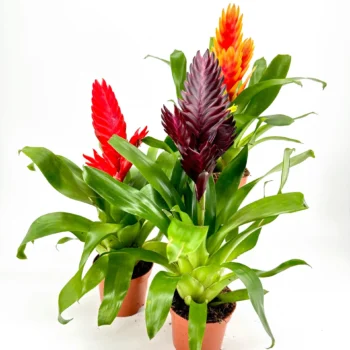
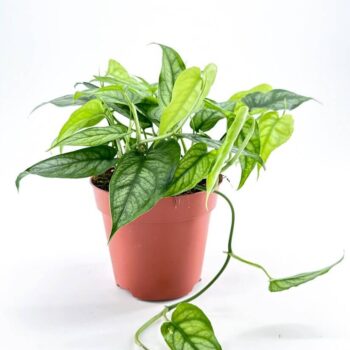
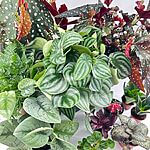


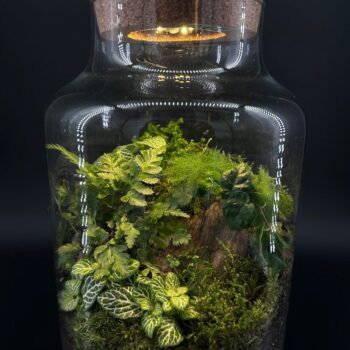

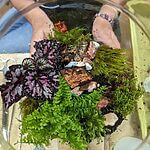


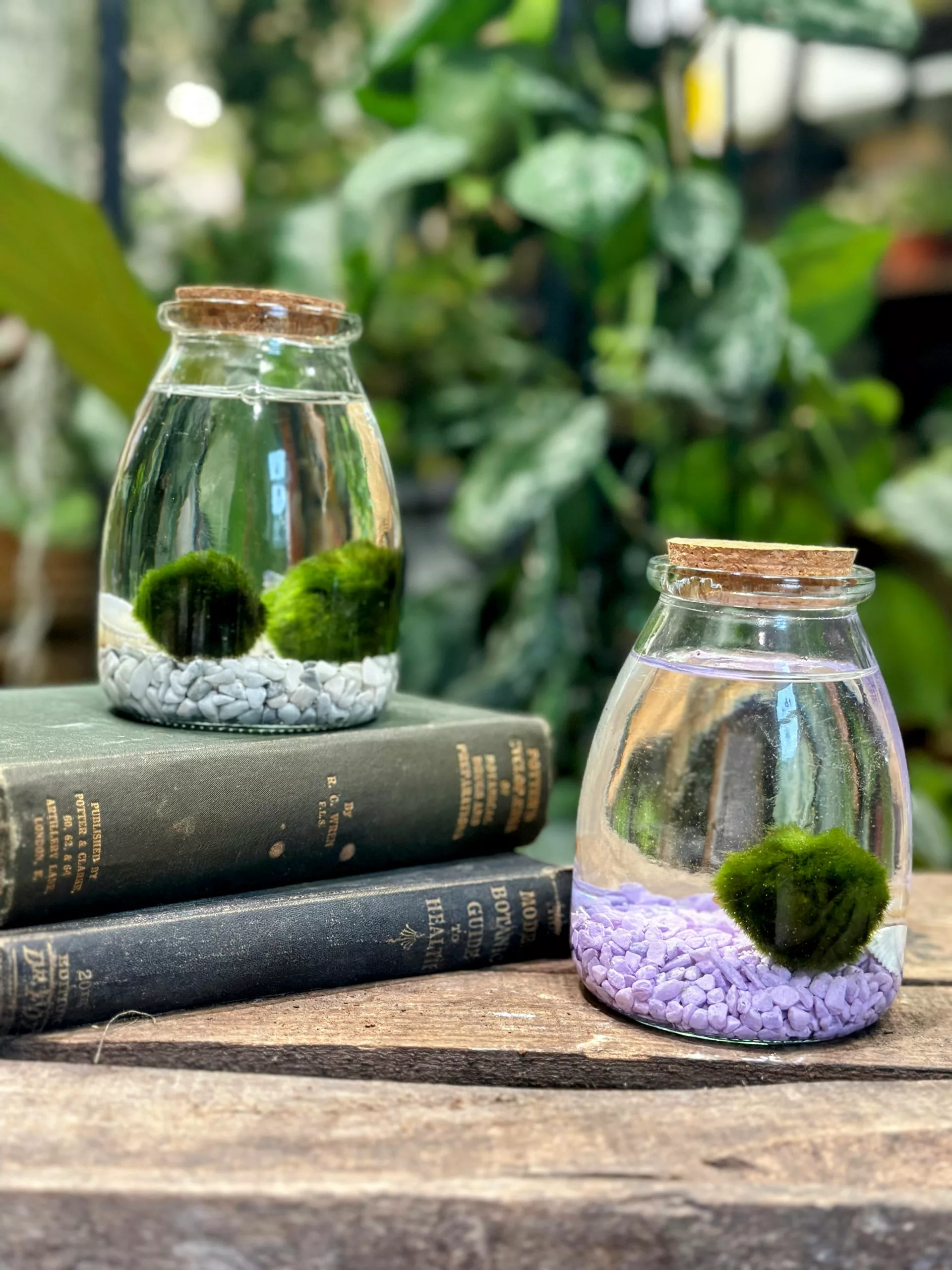
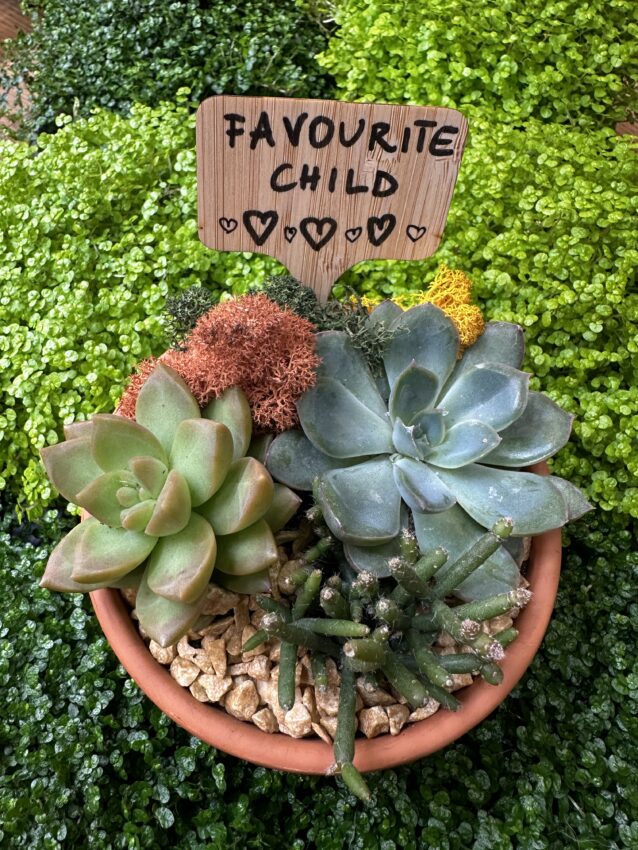
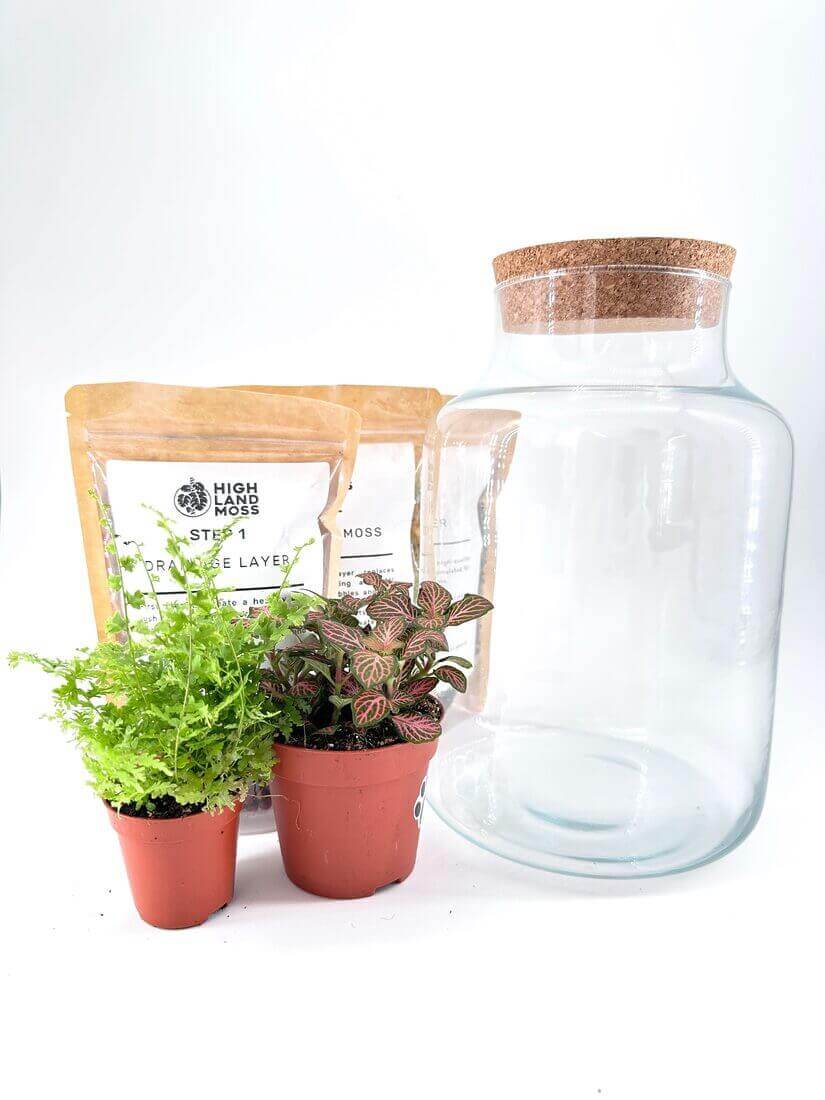
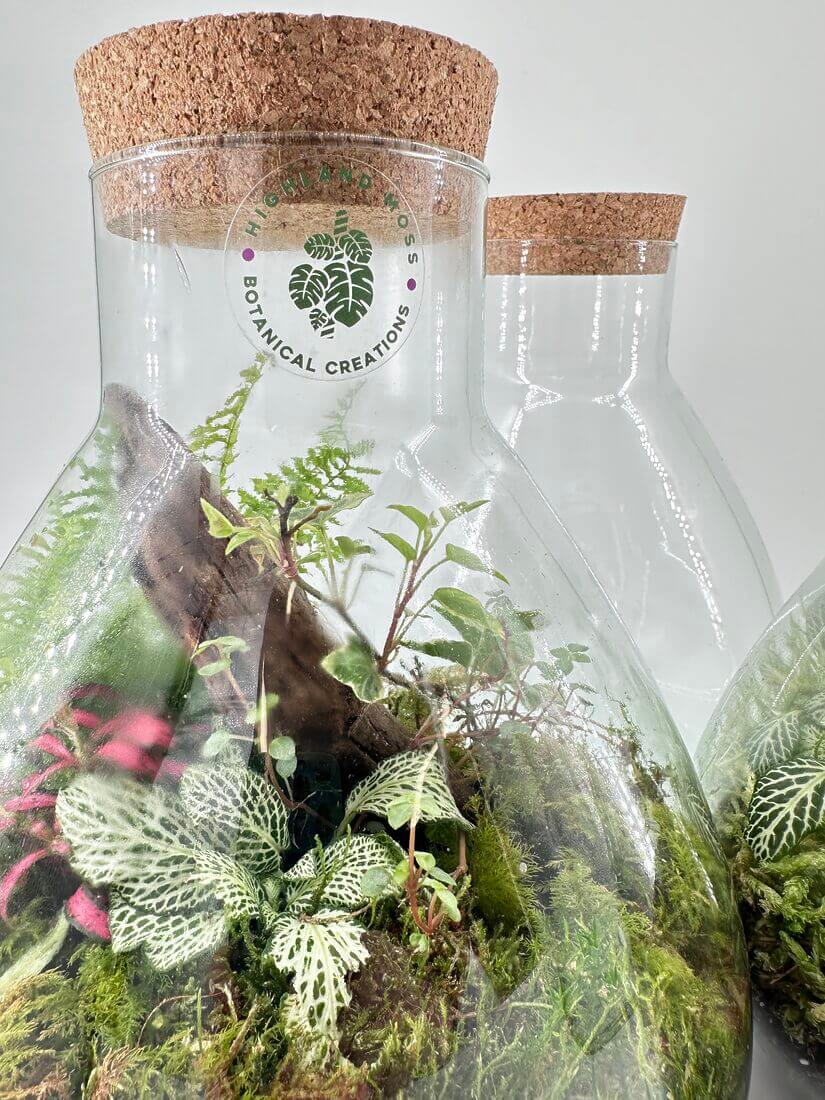
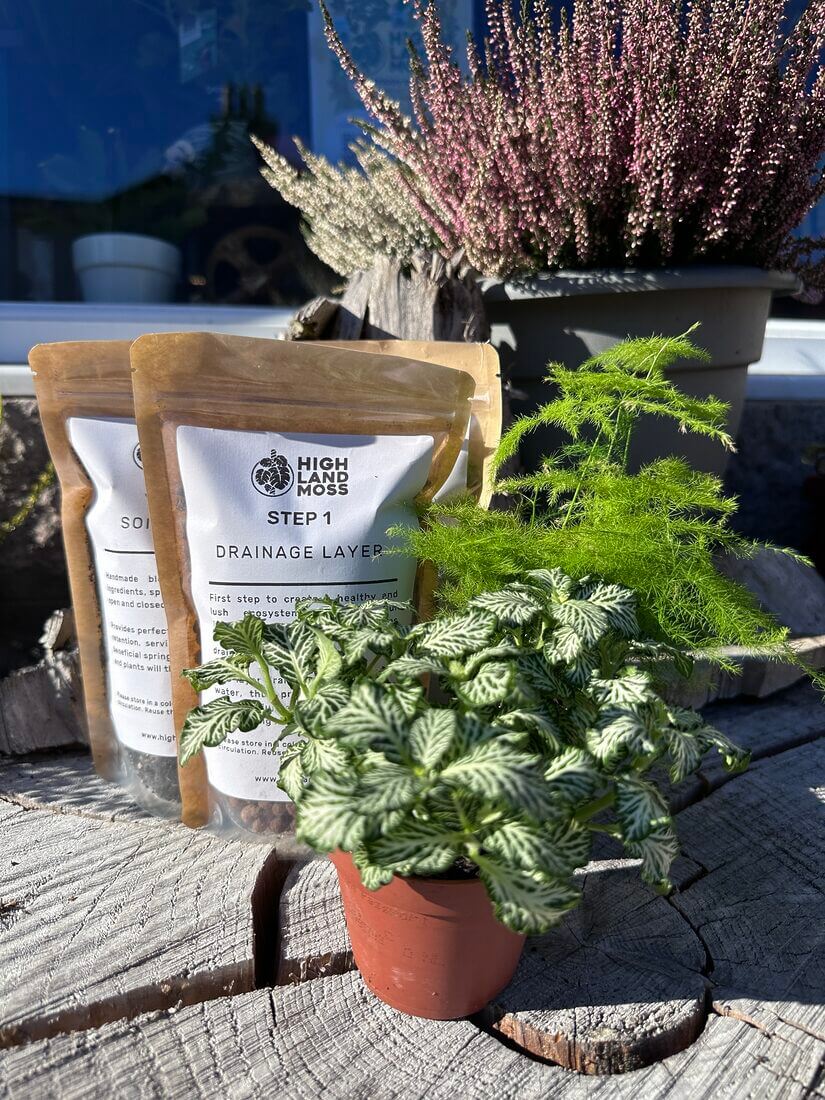

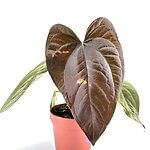


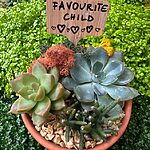
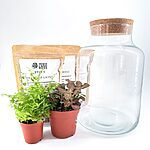
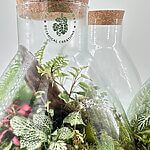
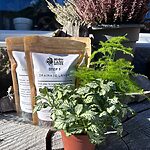


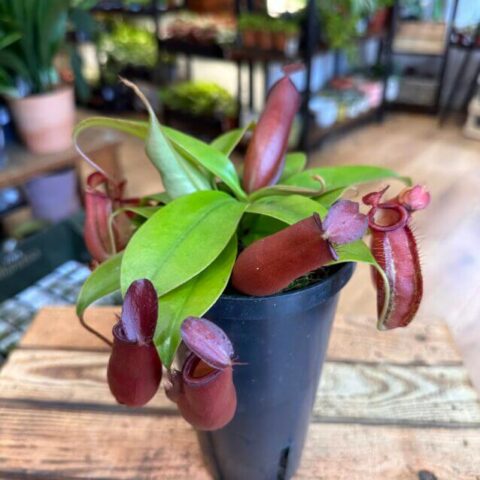















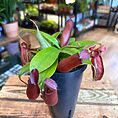
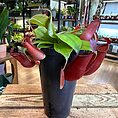
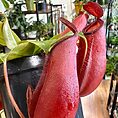
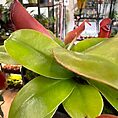
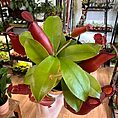
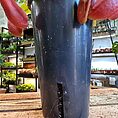
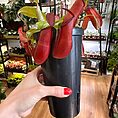
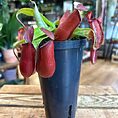
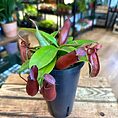
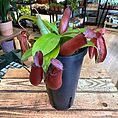
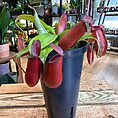
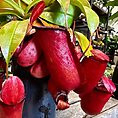
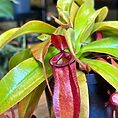
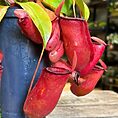
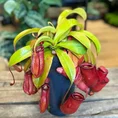
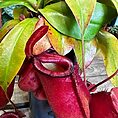


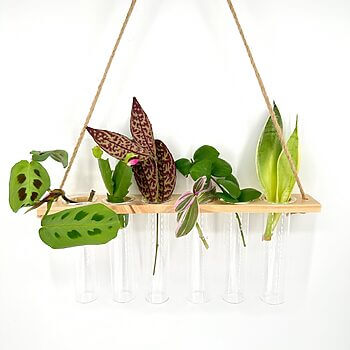

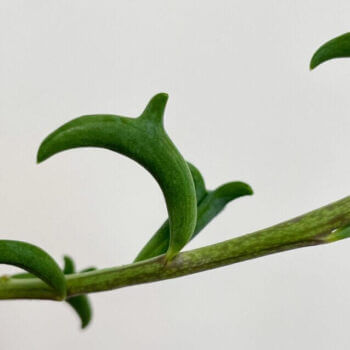
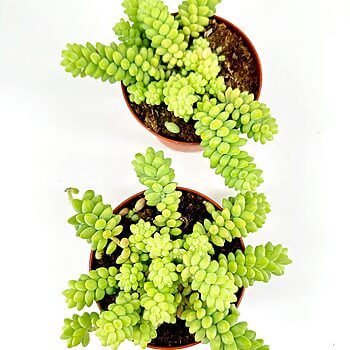
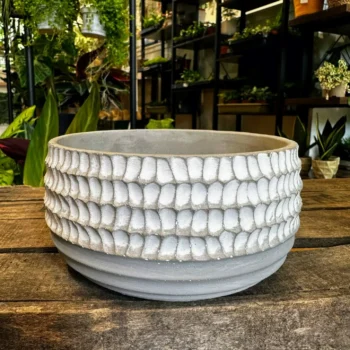
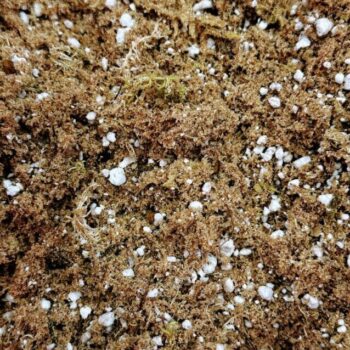

Apart from a slight hiccup with delivery everything was superb.
Delivered same day of order, fantastic service!
As always, amazing service and high quality plant from Highland Moss! Plus an added bonus of Noel and Angus’ impeccable customer support!
Responsive, fast delivery and high quality.